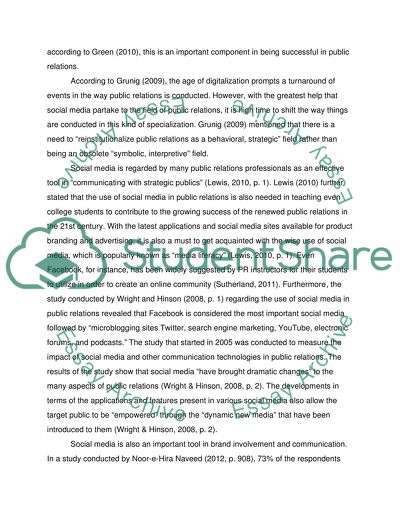Cite this document
(“Social Media & Public Relations Essay Example | Topics and Well Written Essays - 1750 words”, n.d.)
Retrieved from https://studentshare.org/journalism-communication/1463308-social-media-public-relations
Retrieved from https://studentshare.org/journalism-communication/1463308-social-media-public-relations
(Social Media & Public Relations Essay Example | Topics and Well Written Essays - 1750 Words)
https://studentshare.org/journalism-communication/1463308-social-media-public-relations.
https://studentshare.org/journalism-communication/1463308-social-media-public-relations.
“Social Media & Public Relations Essay Example | Topics and Well Written Essays - 1750 Words”, n.d. https://studentshare.org/journalism-communication/1463308-social-media-public-relations.


